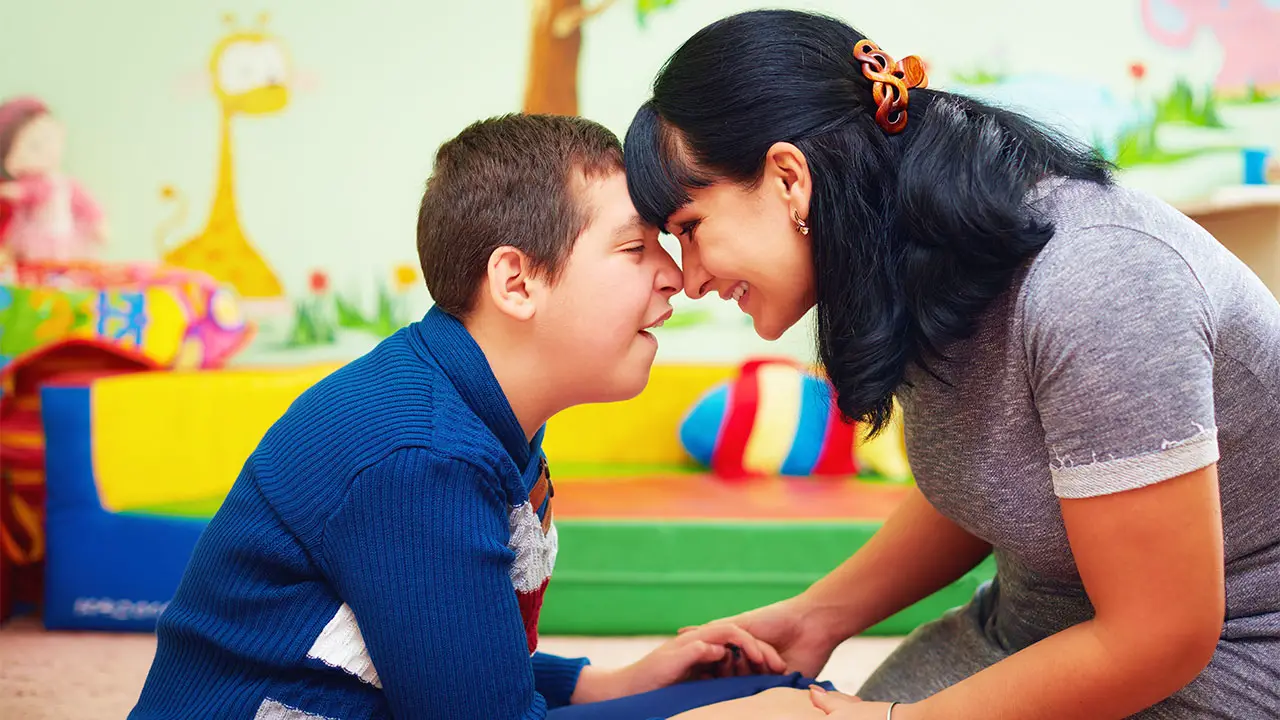Pervasive Developmental Disorders
 Photo courtesy of Raising Children NetworkOpens in new window
Photo courtesy of Raising Children NetworkOpens in new window
Pervasive developmental disorders (PDDs), as denoted in the DSM-IV-TR (APA, 2000), are a subgroup of five neurodevelopmental disorders, which tend to hold in common, to varying degrees, significant and qualitatively distinct developmental abnormalities in communication and social functioning. |
Pervasive developmental disorders (PDDs) are conditions characterized by early-childhood onset and by varying degrees of impairment of language acquisition, communication, social behavior, and motor function, as well as the presence of restricted, repetitive, or stereotyped movements, behaviors, and/or interests.
There are five types of PDDs. These include the three known autism spectrum disorders—autismOpens in new window, Asperger syndromeOpens in new window, and pervasive developmental disorder not otherwise specified (PDD-NOS)Opens in new window—as well as childhood disintegrative disorder (CDD)Opens in new window and Rett syndromeOpens in new window.
Most PDDs are characterized by deficits in a child’s ability to interact socially and by one or more abnormalities of child development.
For example, children with PDD-NOSOpens in new window typically suffer from an inability to interact with others and from abnormalities in either communication or behavior patterns and interests. In addition, some PDDs such as Asperger syndromeOpens in new window have little or no adverse effect on intelligence, whereas other PDDs, such as Rett syndromeOpens in new window and autismOpens in new window, can result in severe intellectual disability. Symptoms of autism spectrum disorders and CDD usually first appear around age three. In contrast, symptoms of Rett syndrome can appear before age one.
PDDs affect an estimated 30 in every 10,000 children. However, because the clinical definitions used to diagnose PDDs classified as autism spectrum disorders differ worldwide, the reported incidence of these specific disorders varies significantly.
The most commonly occurring PDD is autismOpens in new window, which has been reported to affect as many as one in every 150 children in the United States. The least common PDDs are Rett syndrome and CDD, which appear to have a worldwide incidence of roughly one in 15,000 and one in 50,000 – 100,000 individuals, respectively. With the exception of Rett syndromeOpens in new window, which primarily affects females, PDDs occur more commonly in males than in females.
There is no curative treatment for PDDs; however, early intervention may alleviate some of the social and behavioral symptoms associated with the disorders. Some examples of treatment approaches include speech therapy, behavior modification therapy, and medications to reduce depression or anxiety.
See also:
- Muhle R, Trentacoste SV, Rapin I. The genetics of autism. Pediatrics 2004; 113: e472-86.
- Fombonne E. Epidemiological surveys of pervasive developmental disorders. In: Volkmar F, editor. Autism and Pervasive Developmental Disorders. Cambridge: Camberidge University Press; 2007, p. 33 – 68.
- Reiren A. Overlap of autism with other neurodevelopmental syndromes. In: 56th Annual Meeting of the American Academy of Child and Adolescent Psychiatry; 2009; Hawai’i; 2009, p. 119.
- Poustka F. The neurobiology of autism. In: Volkmar F, editor. Autism and Pervasive Developmental Disorders. Cambridge: Cambridge University Press; 2007, p. 179 – 221.

